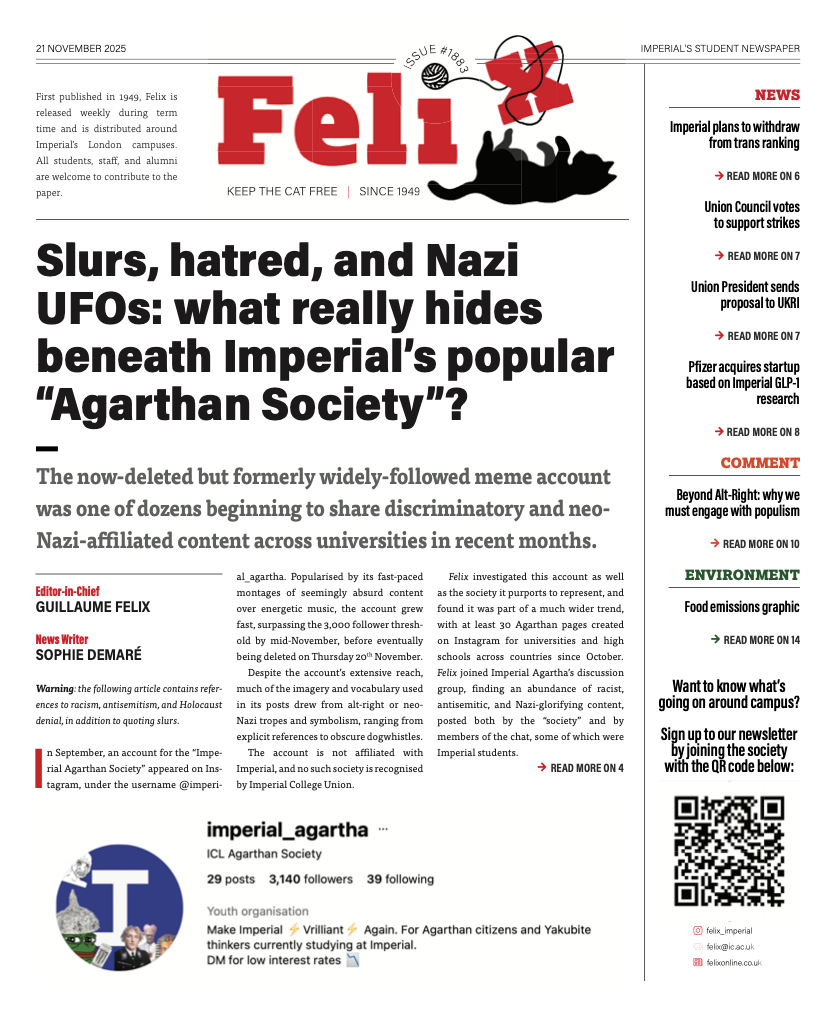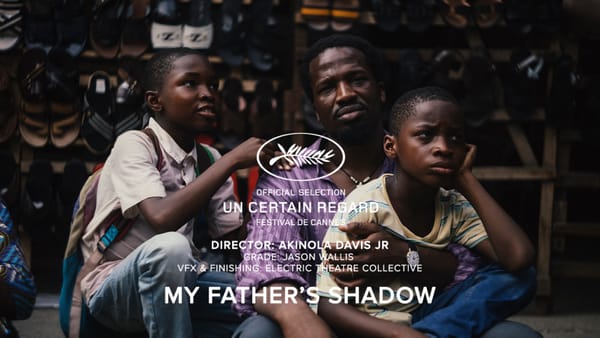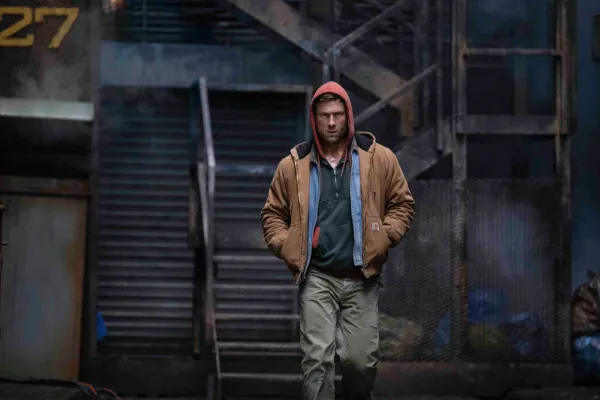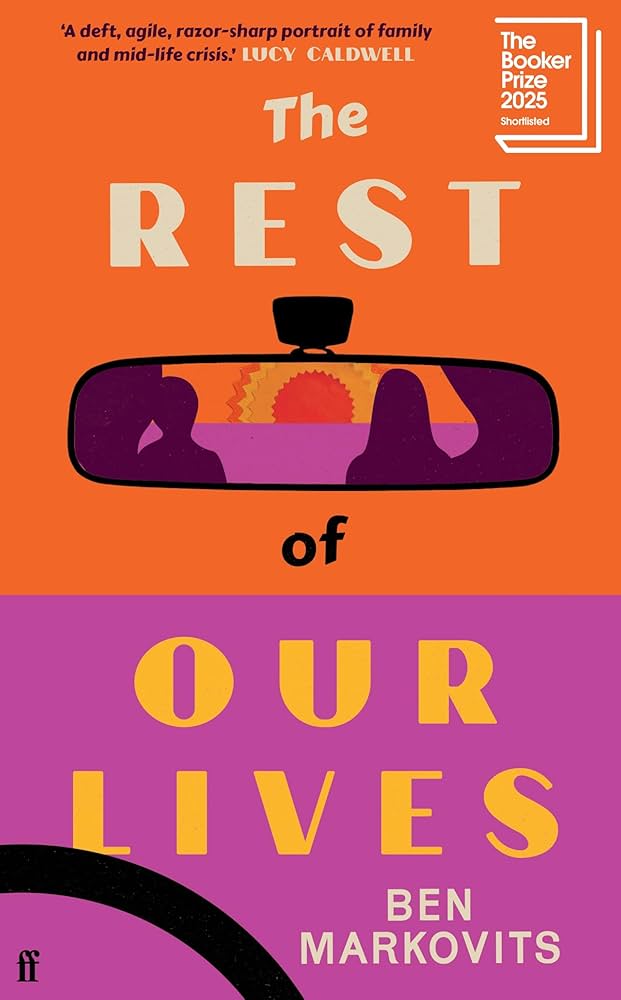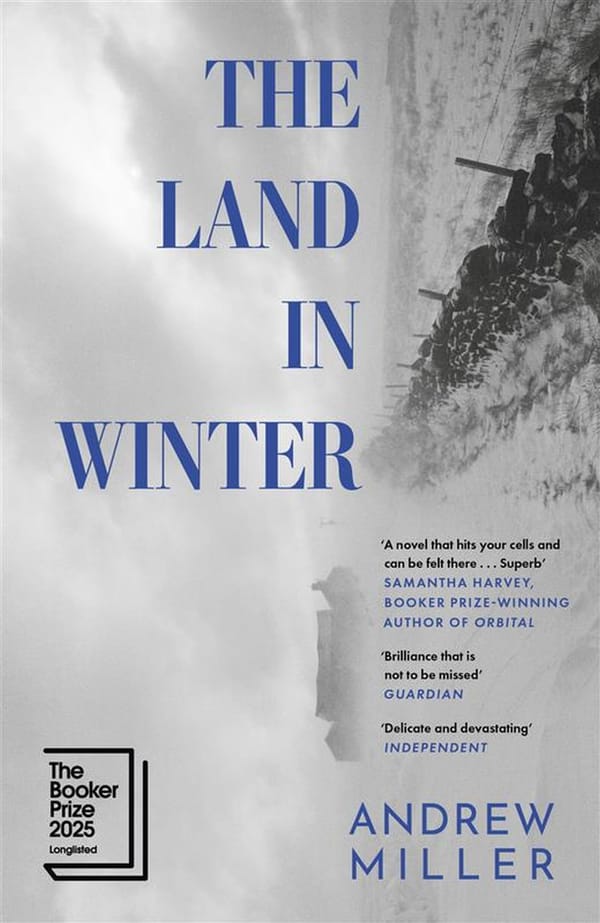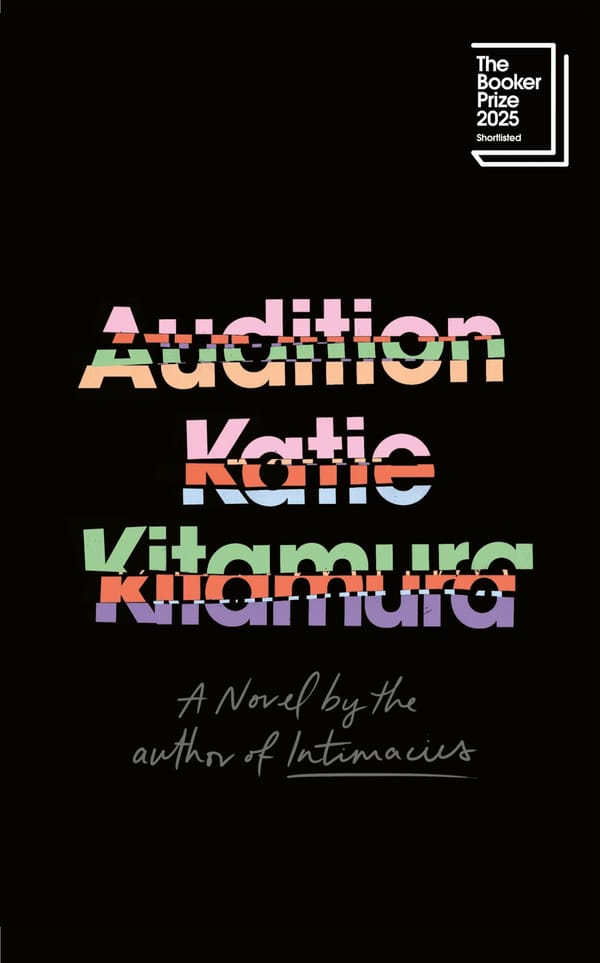La Haine
Following the life of the French working-class troubled youth: a 90s movie on resistance, friendship and repressive society
In 1993, claimed to be guilty for stealing packs of cigarettes, Makomé M’Bowole, a 17 year old Zairian, was killed in custody by a Parisian police officer.
This is how Mathieu Kassovitz – the director of La Haine, a 1995 French movie with eight wins and 15 nominations – began writing and producing his great project. In his black and white urban movie, Kassovitz presents France’s societal issues of race and class, specifically police brutality. The film follows the routine of three friends, all bitter about their treatment by society: Hubert, an Afro-French boxer; Vinz, a Jewish man with short temper; and Saïd, an Arab who is humorous yet ignorant.
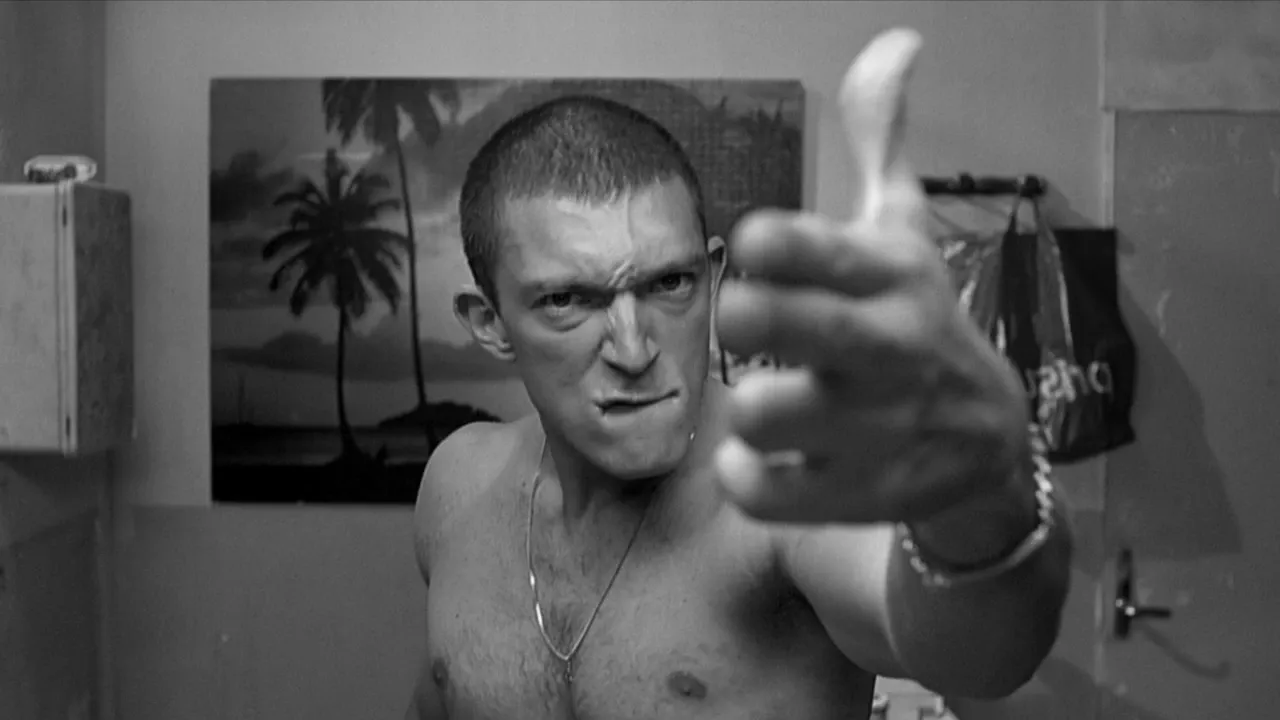
In the beginning, their mutual friend Abdel Ichacha is beaten up by a French police officer following a riot in the streets, and is subsequently hospitalised. This is where tension rises, as Vinz’s pride provokes him to steal a police gun: he vows to kill an officer if Abdel dies, while Hubert wishes to run away and live a better life. Saïd acts as a mediator, despite their constant arguing. A movie of street violence, police violence and hatred, La Haine inspires us to think about how much freedom we really have.
The movie has a particular style of its own: it keeps the audience hooked in discovering the reasoning behind the group’s actions, as they roam around the suburban streets of France. It is hard to predict the overall outcome, how there is no clear mission; instead, the audience is often left confused about a few scenes which appear random at first, like when Vinz sees a cow in the streets of Chanteloup-les-Vignes, or when an old man in the bathroom tells them a story of the death of his friend.

Several thought-provoking quotes were introduced, which I believe resonate strongly with the movie. Several of those include: “jusqu’ici tout va bien” (until now everything is fine); “la haine attire la haine” (hate attracts hate); and “et qui nous protège de vous?” (and who protects us from you?) directed at the French police.
It is not possible to talk La Haine without referring to its cinematic style, the fashion and music. One of its most famous scenes includes a montage of the trio standing on a bridge in Paris, where the background zooms out whilst the front scene zooms in. Further, every so often time stamps appear and clock in full screen which add on to the tension felt by the audience. The fashion is streetwear, and it is clear by contrast how different the perspectives of the social classes separate them from each other.
The music included French rap and remixes of famous French opera, such as the shared remix of two unusual tracks “Non, je ne regrette rien” by Edith Piaf and “Sound of da Police” by KRS-One, an American rapper.
If you enjoy movies that reflect societal issues, defy norms, and transmit a powerful meaning, but do not lack humour, then La Haine is a classic must watch.

